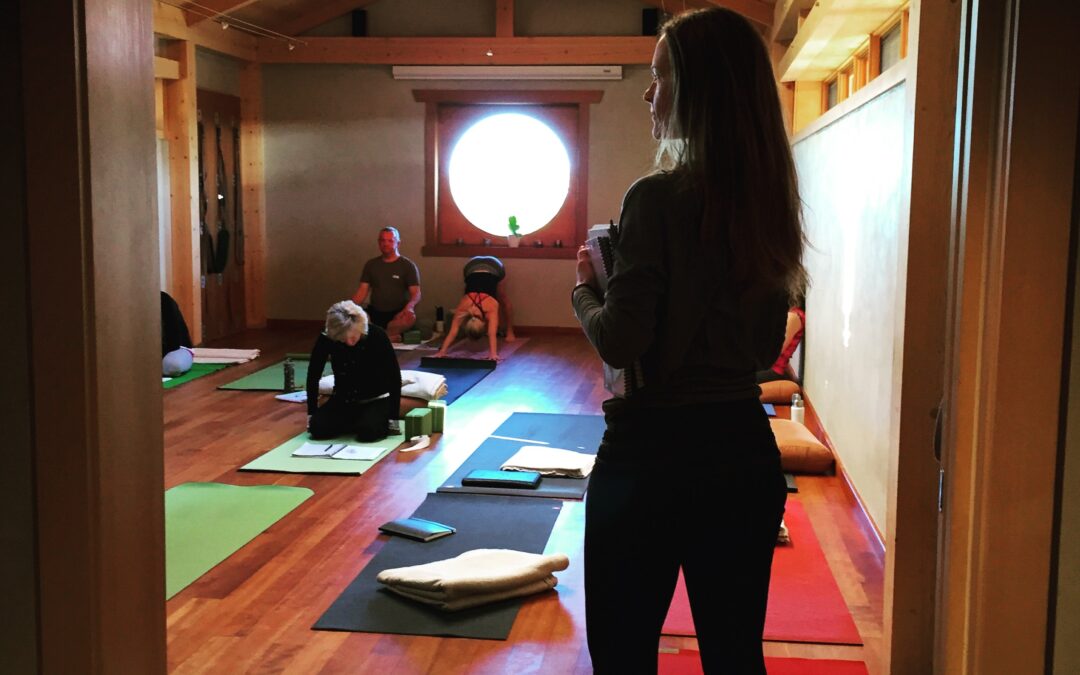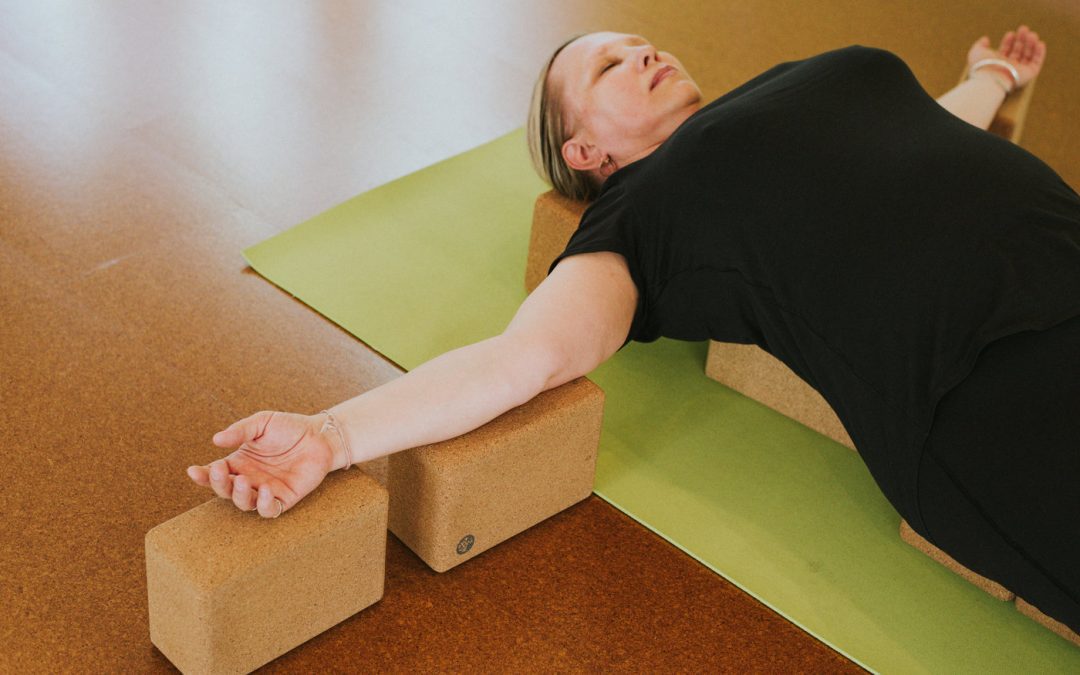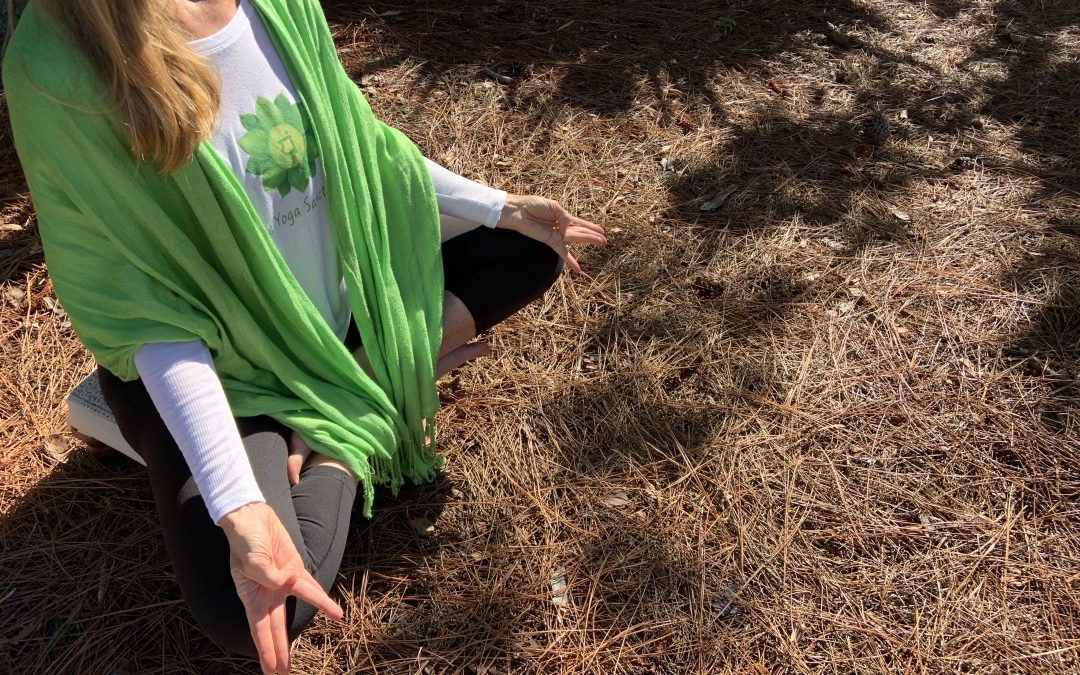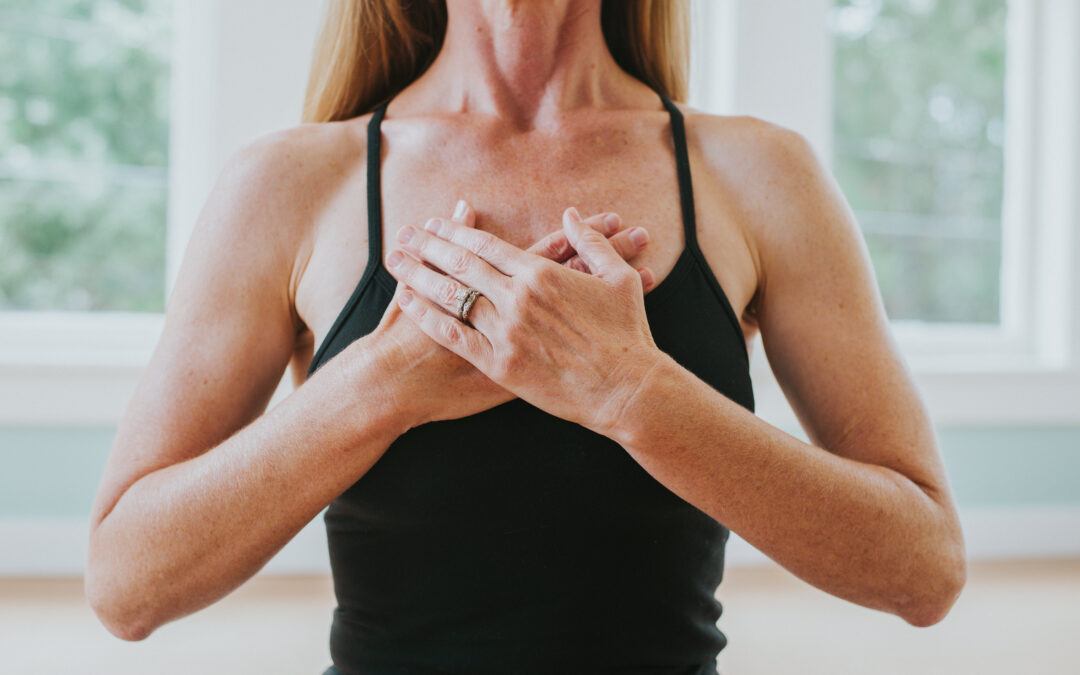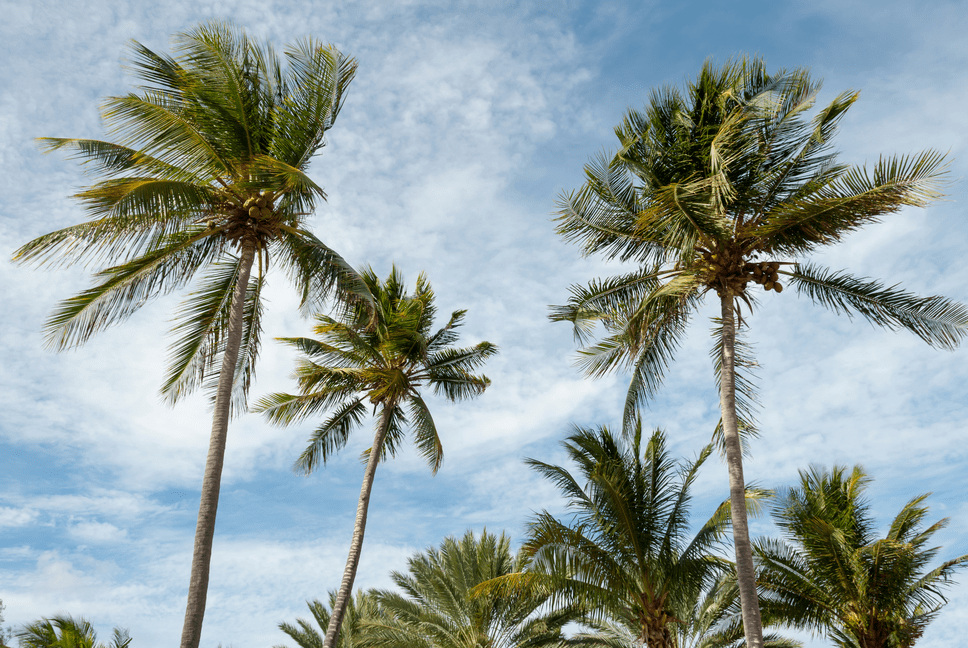Raja Yoga is the royal branch of yoga. It is rooted in meditation, but encompasses all forms of yoga. Also known as Ashtanga Yoga, or the eight limbs of yoga, Raja yoga is a comprehensive practice with an aim of transcending the thoughts of the mind. Raja Yoga is the...


